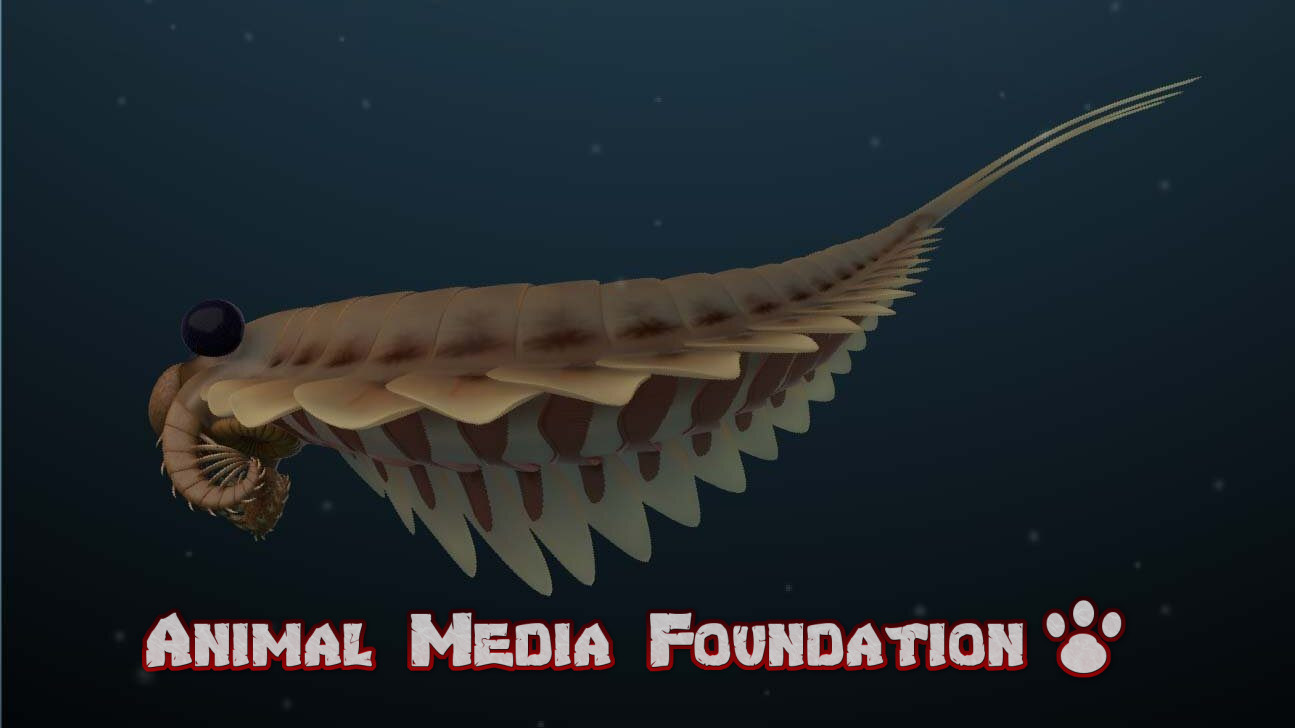Discovered 500-million-year-old fossil creatures with three eyes and well-preserved brains
Over 80 fossils of creatures with perfectly preserved brains and three eyes have been found at the Burgess Shale site. They are half a billion years old.

In a known paleontological deposit in Canada were discovered fossils perfectly preserved of dozens of invertebrates that lived 500 million years ago. To make these prehistoric finds particularly valuable are the wonderful details of the nervous tissue (brain) and the presence of three eyes. According to experts, the internal structures are so well maintained that it seems that the animals "died yesterday", even though they date back to Cambrianthat is half a billion years ago.
To discover and describe the fossils of these invertebrates, belonging to the order of Radiodonti and the class of Dinocarids, were the two Canadian scientists Joseph Moysiuk and Jean-Bernard Caron, both of the Department of Ecology and Evolutionary Biology of the University of Toronto.
The researchers focused their investigations on about 270 specimens of Stanleycaris herpes fossilized in Cambrian schists of Burgess Shale, a fossil site that jumped to the headlines of the international news for the strangeness of the animals found. The Radiodonti were among the most iconic and bizarre, despite being distantly related to the current ones arthropods come insects e spiders.

In over 80 of these fossils, the traces of the gods have been perfectly preserved brains and eyes. 'Although fossilized brains from the Cambrian period are not new, this discovery is notable for its amazing conservation quality and a large number of specimens,' Professor Moysiuk said in a press release.
“We can even distinguish fine details like the centers of visual processing that serve the large eyes and the traces of nerves that go into the appendages. The details are so clear that it is as if we were looking at an animal that died yesterday, ”the scientist enthusiastically added.
The researchers observed that Stanleycaris' brain was made up of two main parts, the protocerebrum, and the deutocerebrum while the brain of modern arthropods is tripartite (the third part is the tritocerebrum). According to the authors of the study, this three-part division evolved precisely from a bipartite condition. The presence of the third eye has also greatly amazed the experts since until now it has never been observed in the genus in this genus.
“The presence of a huge third eye in Stanleycaris was unexpected. It points out that these animals looked even more bizarre than we thought, but it also shows us that early arthropods had already developed a variety of complex visual systems like many of their modern relatives, ”explained Professor Caron.

These animals had a maximum size of 20 centimeters, although most of them did not exceed 8 centimeters. According to the study authors, they were adept predators of small animals. The details of the research "A three-eyed radio don't with fossilized neuroanatomy informs the origin of the arthropod head and segmentation" have been published in the scientific journal Current Biology.



